MALAGA ISLAND — The tragic story of Malaga Island has been told many times since the tiny isle off Phippsburg was sold in 2001 to the Maine Coast Heritage Trust and archaeologists began to unearth the remains of its disenfranchised community.
But there’s still much pain for the descendants of Malaga Island, despite the fact this wild, pristine island in the Gulf of Maine is now visited by boaters and coastal hikers.
“I hope as time goes on it becomes easier for people to talk about, because the island as a physical place does carry a lot of significance to the descendants,” said Kate McMahon, a doctoral student at Howard University, who gives historic tours on the island for the Heritage Trust.
“It’s really important to them. It’s important to them that the kiosk on the island … presents the history of the island in a respectful way, because it’s a living memorial to them. It’s the only thing they have left of the people that lived here.”
During the mid-1860s a small, racially diverse community inhabited the north end of the island to fish and eke out a living as many coastal communities did back then. The community grew to 40 islanders by the early 20th century.
In 1912 the state, in the interest of growing tourism along the coast, evicted the residents, who included black, white and interracial families. In addition, relatives buried on the island were exhumed and re-interred at the Maine School for the Feeble-Minded, now the site of Pineland Farms. Another eight residents were institutionalized there against their will.
A century later, in 2010, a ceremony was held on the island at which Gov. John Baldacci publicly apologized for his predecessors’ decision in 1912.
Today, Maine Coast Heritage Trust leads tours twice a year on Malaga Island. The trust has built a kiosk that allows for self-guided tours to any visitors to the “Malaga Island Preserve, a historic settlement area.”
The island tours are one way to offer some form of healing, said Amanda Devine, the Heritage Trust’s island steward. But there is a lot more healing to be done, descendants and scholars say.
Karin Petrin, 42, of Mars Hill, learned in April she was a Malaga descendant when she pursued a genealogy search. She learned that one of her distant relatives came from one of the prominent families on the island.
“It kind of lit me up,” she said, “to know how disrespectful, how inconsiderate (the state was to the islanders). It’s so humiliating, to hear these people, through no fault of their own, were treated that way. It just burned me deeply inside. They didn’t do anything wrong.”
Petrin said her great grandmother never spoke of Malaga Island, even though that woman’s grandfather was born there. Petrin has come to realize few talked of the island’s past because of the shame associated with its story.
Over the years, the island’s past has been written about in publications such as Vanity Fair and Harper’s Bizarre. A Smithsonian documentary about Maine’s stunning natural beauty and coastal scenery called Malaga the dark spot on the state’s history.
And yet Malaga Island is far from a dark place.
A mile long and 42 acres in size, the island is small and easily walkable. The vast areas of shell middens are not the prehistoric middens found in so many places along the Maine coast, Devine said. Archaeologists determined they were trash piles cast aside from the island community in the late 19th century. The middens include dish wear, glassware and pipes. The remains from seven homesteads were found and are now are housed in the Maine State Museum.
Today, the beach where boats dock and lobstermen with Malaga ancestry leave their traps leads to a grassy knoll that looks to nearby Bear Island and out to the Gulf of Maine. And a perimeter trail less than a mile in length leads into a field of tiny pine trees full of daylight, despite a thick forest canopy above.
Devine said now the island is visited by dozens of boaters who sign the log book, enjoy the trails and reflect on the story of past intolerance, hopefully finding meaning in this story of pain and anger.
“They were not destitute,” Devine said of the Malaga community that was cast aside.
“They were subsistence fishermen, not unlike many poor communities along the Maine coast. They were fishing and ship building at a time the ship-building economy was booming. But it was also the height of yellow journalism, and in 1906 and 1907 articles were written that misrepresented Malaga.”
Copy the Story Link
Send questions/comments to the editors.


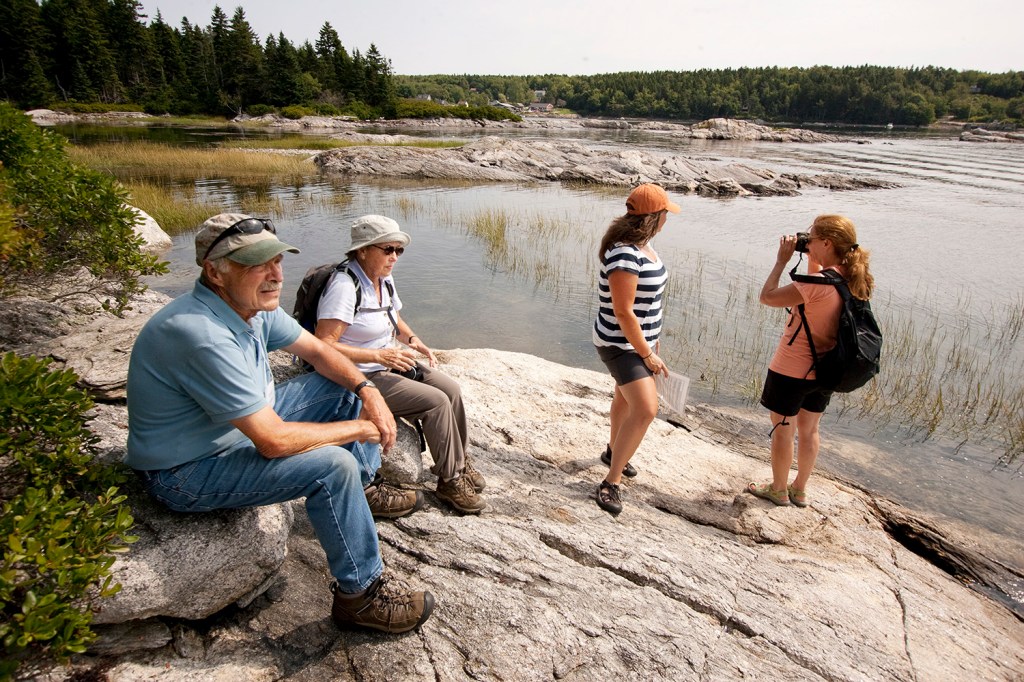
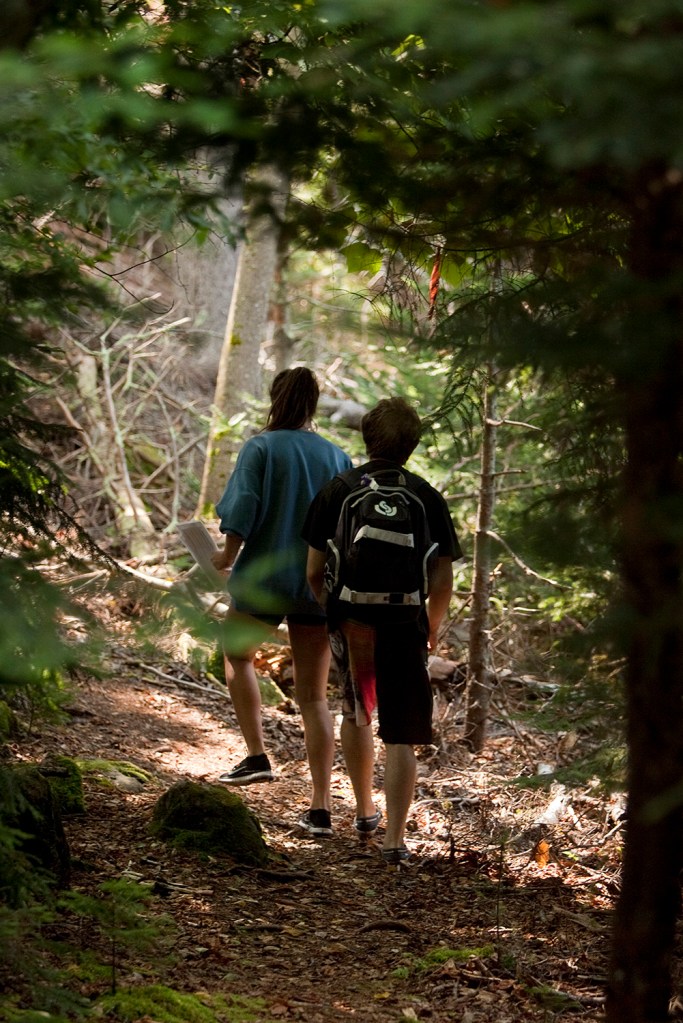
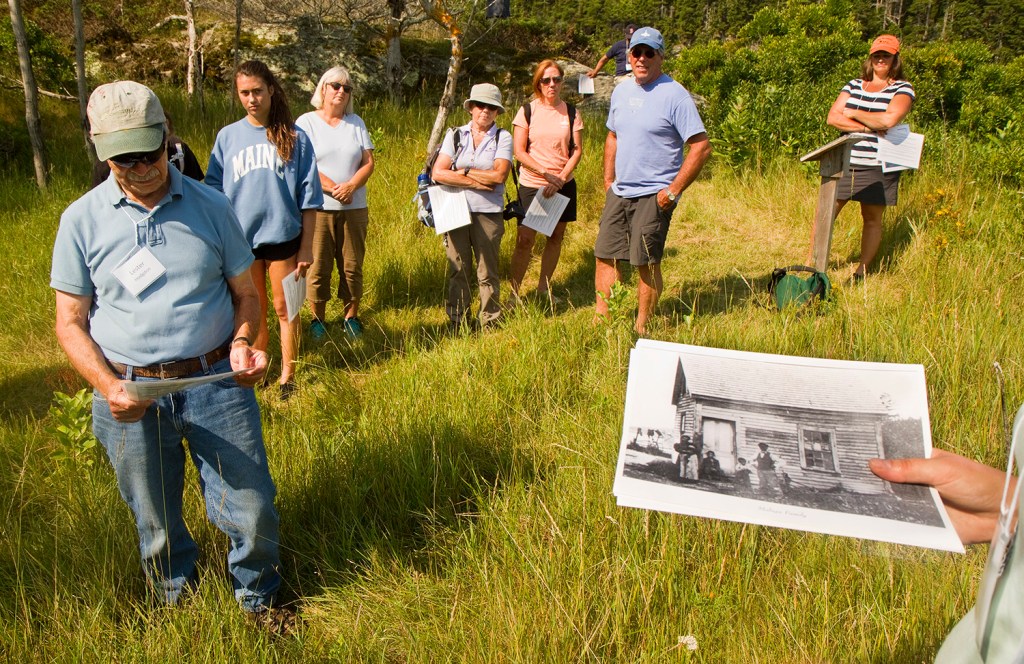
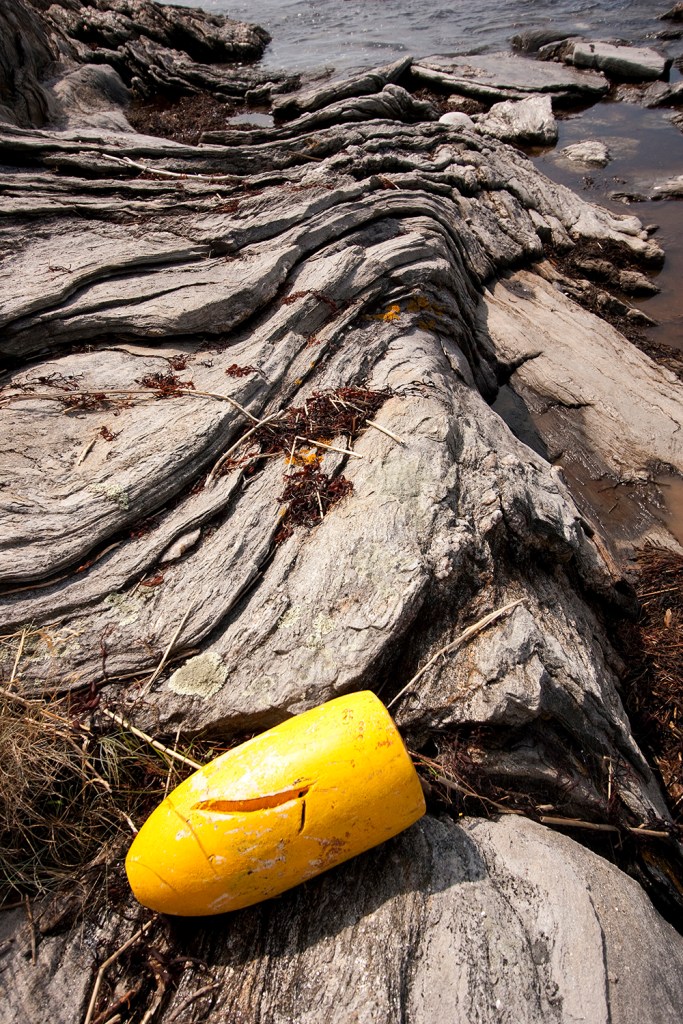
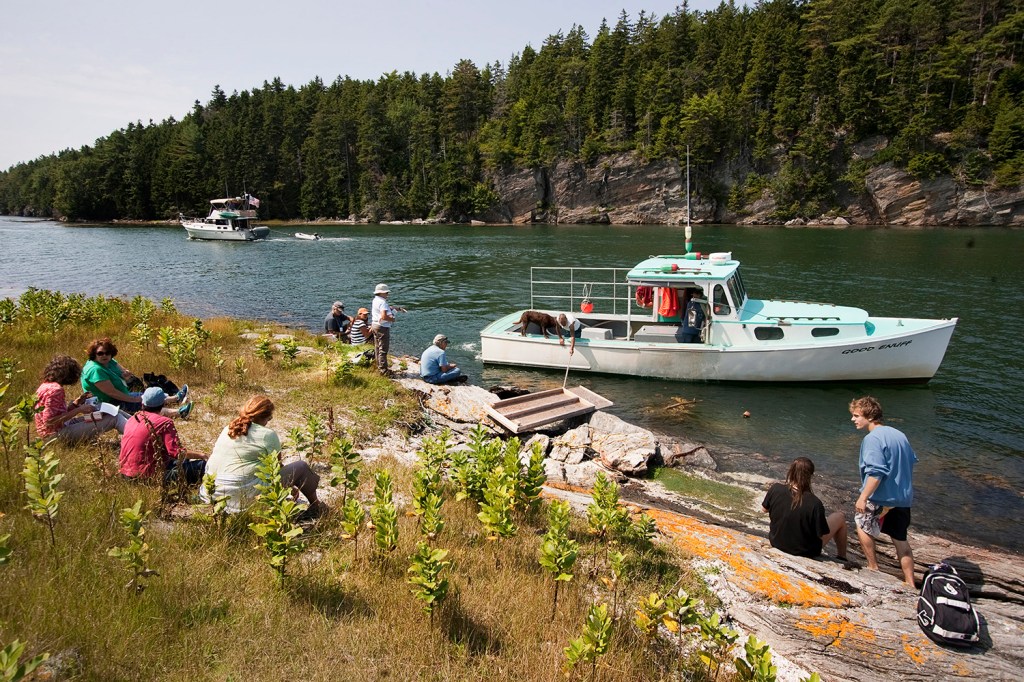
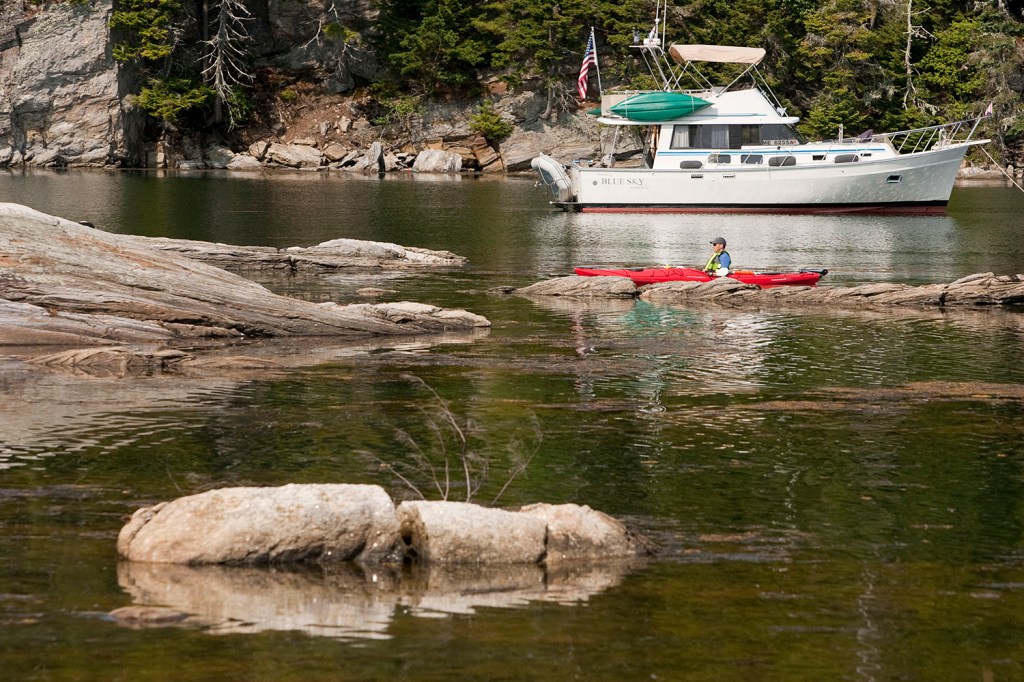

Success. Please wait for the page to reload. If the page does not reload within 5 seconds, please refresh the page.
Enter your email and password to access comments.
Hi, to comment on stories you must . This profile is in addition to your subscription and website login.
Already have a commenting profile? .
Invalid username/password.
Please check your email to confirm and complete your registration.
Only subscribers are eligible to post comments. Please subscribe or login first for digital access. Here’s why.
Use the form below to reset your password. When you've submitted your account email, we will send an email with a reset code.